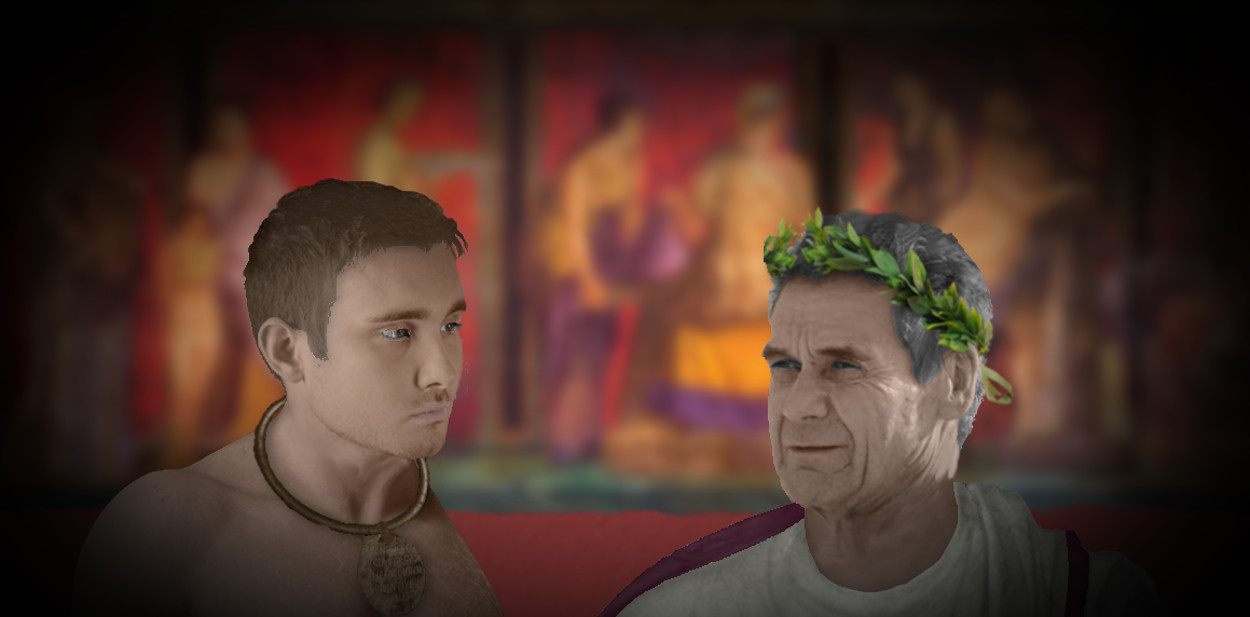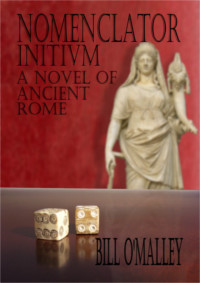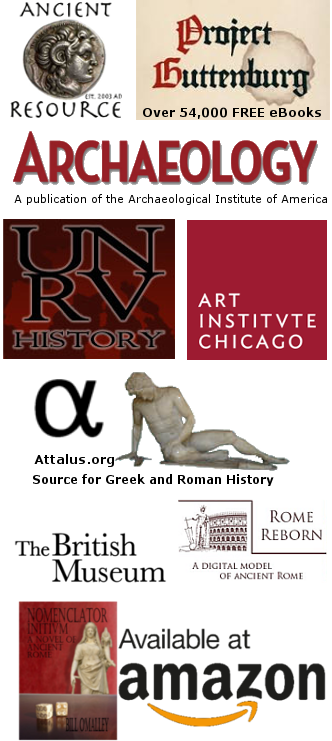


Society in Ancient Rome
As it is today, in ancient Rome the family was the fundamental social unit regardless of class or ancestry. The family structure was based on the concept of the paterfamilias. The word paterfamilias literally means “father of the family,” but in actual use, it meant much more and the paterfamilias did not need to be an actual father. The word was applied to the oldest living male of the household and he held the power of life and death over the members of the household. The household frequently included not just a man’s immediate family but also other relatives and household slaves. The absolute power the paterfamilias had over the family was called, in Latin, patra potestas . He could reject children at birth, having them left to the elements outside the city walls or sell his children into slavery. Children were sometimes rejected for being disfigured or because the man had doubts about the child’s paternity. A man could divorce his wife at will and physically punish household members in any way he saw fit. Even adult males were not free of their own father’s patra potestas until the man’s father died, and until that time they and their families were considered members of the household.

In the earliest days of the republic, women were seldom allowed to appear in public and were frequently not even allowed to dine with men. Their duty was run the domestic side of the household. Over time, women were allowed greater freedom and were able to attend the theater, bathe in the public baths, and even work outside the home in a limited number of jobs. Women were not allowed to hold public office or even to vote. By the time of Caesar, much of the power of the paterfamilias had diminished and many of the restrictions on women were no longer enforced. Women could even initiate a divorce.
Groups of related households formed a family (gens). Families were based on blood ties or adoption. Members of a gens were expected to support each other economically and politically. As the Republic grew and the power of Rome expanded, some powerful families (Gentes Maiores) came to dominate political life.
Beyond the family, Roman society was defined by class and relationships and in Roman society, classes and relationships frequently overlapped.
The earliest and most fundamental class distinction was between patricians and plebeians.
In the time when Rome was ruled by kings and into the early Republic, the social elites, called the patricians held most if not all the political power. The patricians claimed decent from the members of the earliest Senate established by Romulus, the founder and first king of Rome. While the patricians held the political power, the bulk of the population of citizens was made up of members of the plebeian class. Slaves and non-Roman men did not belong to either class. Women and children were not considered citizens of Rome and could not vote, but held the same social status as the paterfamilias of the family.
While the class distinctions remained in place throughout the time of the Republic and Empire, toward the end of the Republic, the demands of running an empire rather than a city state created opportunities for the plebeian class. Originally, only members of the patrician class were allowed to hold public office or high military command. It was also forbidden for members of one class to marry a member of another, but by Caesar’s time, these restrictions, with few exceptions, had ceased to matter.
Throughout the expansion of the Republic, the plebs began to demand greater rights and a larger voice in Roman politics. Three times in what has been called the Conflict of the Orders, the plebs seceded from Rome. By the third century BC, the plebs gained the right to hold political office, marry between the classes, and as early as 494 BC they were granted a representative in the office of tribune of the plebs. The original purpose for the office was protect a member of the plebs from the arbitrary power of the patrician magistrates. As the power of the plebs grew, the tribunes were granted greater authority, including holding veto power over legislation. By 287 BC, plebeians and patricians were granted equal status under Roman law.
While the distinctions between the patrician and plebeian classes diminished, citizens were still divided into property classes based on a man’s actual wealth. The wealthiest class was the senatorial class. By the time of Caesar and the events of the Nomenclator series a member of this class needed to be worth at least 400,000 sestertii. While, due to vast differences in available commodities and needs, it is impossible to accurately provide a modern equivalent to this sum, an recent estimate values 400,000 sestertii at over $600,000. Most of the wealth of the senatorial class was based on ownership of large estates outside the major cities. Traditionally, senators were prohibited from commercial enterprises, but many still did through intermediaries. As an example Marcus Licinius Crassus became one of the wealthiest Romans of his time, largely through real estate transactions.
The next class was that of the equites (knights). This class was originally a military class and was based on a man’s financial ability to own and maintain a horse to fulfill his duty as a mounted member of the army. This social class could make money in commerce and made up the bulk of the business class of ancient Rome.
In addition to these two social classes, Roman society was governed by a complex patronage system based on the relationship between a patron ( patronus) and his clients (clientes). The patron acted as a sponsor and protector of his clients. Originally, the client was of a lower social class than his patron, but as time went on these distinctions were blurred and often the men would be of the same class, with the patron holding greater wealth and influence. What the patron was able to offer encompassed a great deal, from loans to legal representation to arranged marriages. In return, clients were expected to provide for the patron by offering whatever services they could, most importantly, providing political support when the patron ran for public office or a priesthood. The patronage system extended to the military, with commanders becoming patrons of their soldiers, and even extended to the vast number of people living in conquered territories. This, of course gave military commanders an advantage in elections, but since the Republic was ruled from Rome and voting was done in person, this advantage was minimized by geography and the number of clients who could travel to Rome to vote.
When a slave was given freedom, he automatically became a client of his former master.
All of these social structures were entangled with each other and with lesser divisions. For example, greater prestige was given to a family who had demonstrated greater success in politics or the military. There was also the designation as certain families being “noble” (nobilis) because an ancestor held certain honors, most often this was achieving the ultimate political prize in being elected to the consulship. The first man to be elected to the consulship was called a “new man” or novus home and forever after his family was considered to be (nobilis.
There were also two classes of citizenship. Men who lived outside the city of Rome in colonies or conquered cities that had been granted citizens were often not allowed to vote in Roman elections. This level of citizenship was designated as Latin Rights, since it was originally applied to the cities of Latium surrounding and under control of Rome. Eventually this type of citizenship was granted to all the territory under Roman control. Additionally, all female Roman citizens were denied the right to vote.
Lower on the social ladder were non-citizens. Slaves had no legal rights, but as time went on, they were granted some legal protections. Freed slaves (liberti) enjoyed the same legal rights as free-born citizens, but were considered to be of a lower social class. However, many freedmen went on to engage in business and amass great wealth.
The complexity of the social structure of ancient Rome can only be touched upon in this small space but it informs a large part of the Nomenclator series of books. You are encouraged to do your own research and delve deeper into this major part of Julius Caesar’s world.
These links are being provided as a convenience and for informational purposes only; they do not constitute an endorsement or an approval by Nomenclator Books or Bill O'Malley of any of the products, services or opinions of the corporation or organization or individual. Nomenclator Books and Bill O'Malley bears no responsibility for the accuracy, legality or content of the external site or for that of subsequent links. Contact the external site for answers to questions regarding its content.



















